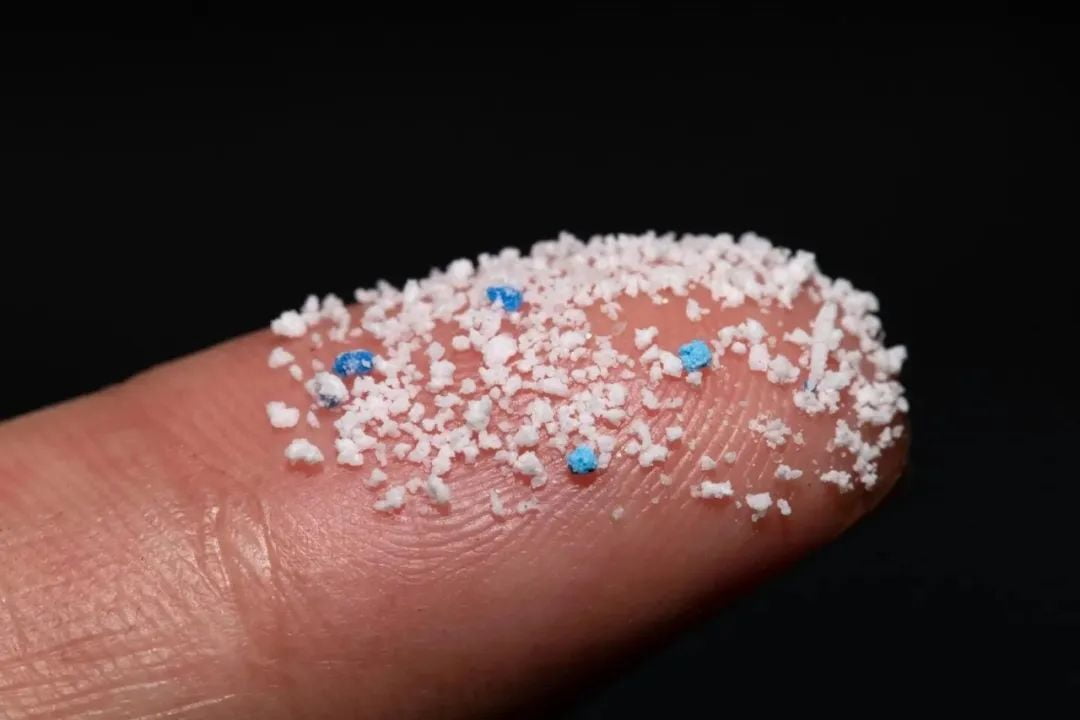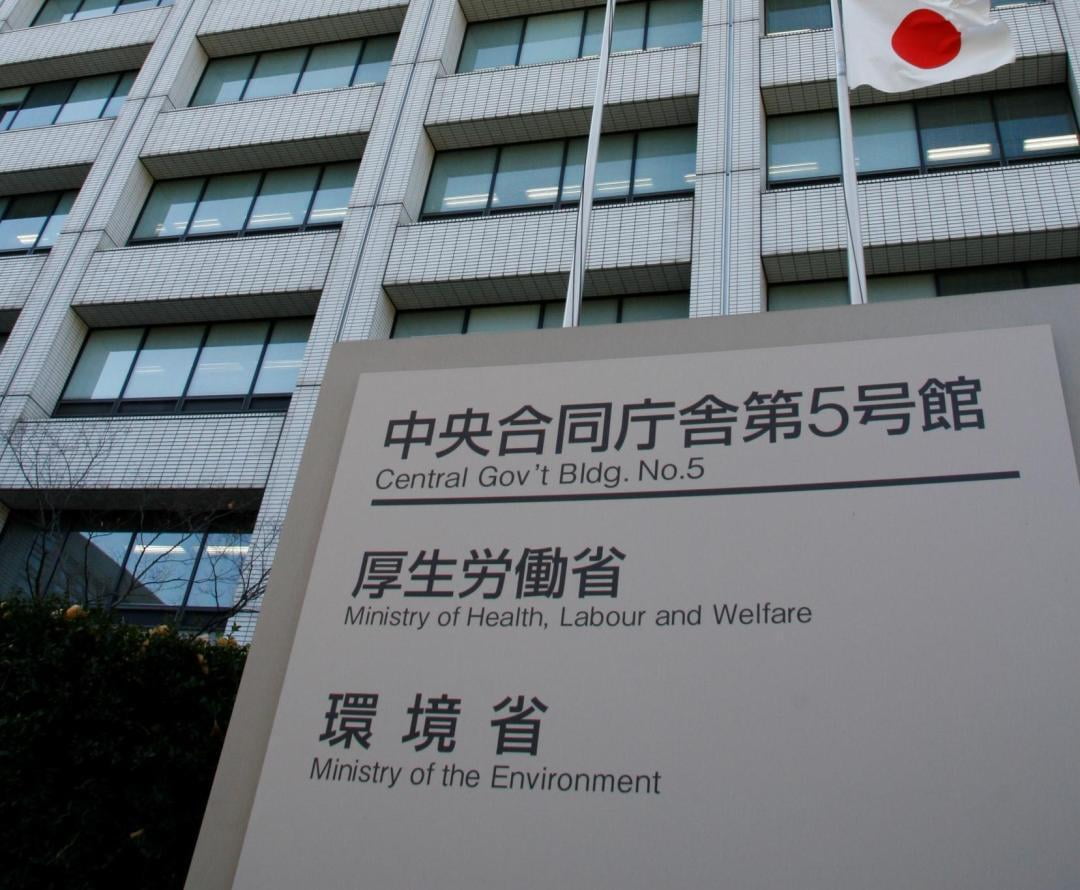1. Green e-commerce fun science short video released, calling public attention to the environmental performance of e-commerce platforms
Recently, the Alaska SEE Jiangnan Project Center, together with Free from Plastic Bondage, Toxic Free Pioneer, Nature Field and Return to the Wilderness, released a short green e-commerce fun science video, "Can buying like this help carbon neutrality? How can choppers be so good! The video explains to consumers the environmental impact of e-commerce companies behind the public's habitual online shopping behavior.
2. British researchers find that more than half of small mammals are "plastic positive"
According to foreign media reports, researchers from the University of Sussex, the Mammal Society (Mammal Society) and the University of Exeter said in a study published in the Science of the Total Environment, according to researchers on how much plastic small mammals in England and Wales have been exposed to, the feces of more than half of the species were analyzed for traces of plastic. The concentration of plastic in the excrement of small mammals native to the UK is comparable to the concentration of plastic found in human studies.
The researchers found that plastic ingestion occurred in different locations and with different diets, from herbivores to insectivores to omnivores, contrary to their expectations - that is, samples from urban areas would have higher plastic concentrations and samples from herbivorous species would have lower plastic concentrations.
Emily Thrift, a graduate of the University of Sussex, notes, "It is very worrying that traces of plastic are so widely distributed across species in different locations and with different diets. This suggests that plastic may be infiltrating various areas of our environment in different ways. We are also concerned that both species, European hedgehogs and voles, are declining in the UK."
Using equipment from the Greenpeace laboratory at the University of Exeter, the team analyzed 261 stool samples, 16.5 percent of which contained plastic. The most common types were polyester, polyethylene (widely used in disposable packaging) and polybutylene (mainly used in the rubber industry). Of these, polyester accounted for 27% of the total fragments identified, and it was found in all plastic "positive" species - except for wood rats. The paper notes that microfibers, which are widely used in the textile and fashion industries, can enter the wastewater system through household laundering and later end up on the land through the use of sewage sludge as fertilizer.
The paper notes that microfibers, which are widely used in the textile and fashion industries, can enter the wastewater system through household laundering and later end up on the land through the use of sewage sludge as fertilizer.
More than a quarter of the plastics found in the study were #biodegradable or bioplastics. The authors warn that while these types of plastics may degrade more quickly than polymers, they can still be ingested by small mammals, so further research is needed to investigate their true biological impact.

3. Japan wants to promote circular economy market size of 80 trillion yen
Kyodo News reported on August 20 that the #Japan #Environment Ministry aims to reach a domestic market size of 80 trillion yen by 2030, regarding the "circular economy" that improves the efficiency of resource use through repeated reuse and resourcefulness. The current market size is 50 trillion yen. The target includes a wide range of fields such as material reuse, second-hand goods distribution and waste disposal.
According to reports, the Japanese government has set a target in terms of precious and rare metals to double the amount of waste electronic substrates and used batteries from small old appliances that are reused for processing. To this end, not only to promote the import of waste appliances, will also be included in the budget request to subsidize private investment in equipment.
As for plastic waste, the Japanese government said that a new law that makes uniform recycling an obligation of local governments came into effect in April. Japan's Ministry of the Environment will aim to double the amount of plastic resources recycled and strive to ensure the cost of improving the treatment system.
It is understood that the circular economy timetable promulgated by the Japanese government also contains goals such as changing the mass production and mass consumption of clothing and promoting reuse and repair.

4. Burberry becomes the first luxury brand to receive SBTi approval
Recently, Burberry, the British luxury goods group, received approval from the Science Based Targets initiative /SBTi for its net zero emissions targets. Burberry also became the first luxury fashion brand to receive this approval, and one of the first global companies to do so, saying that the Group's goal of achieving net zero emissions by 2040, based on the latest climate science, is in line with the Paris Agreement's urgent need to limit global warming to 1.5°C.


